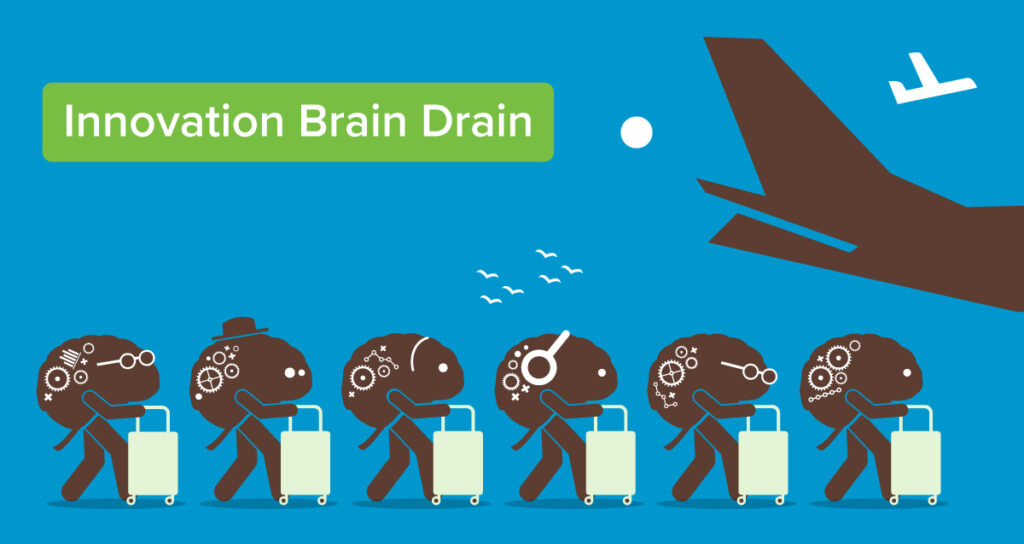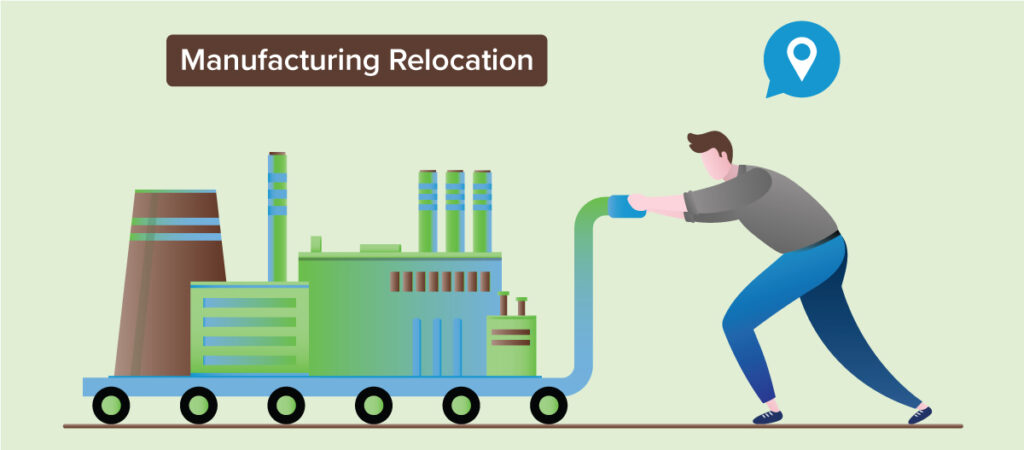3/8
Supporting The Next Generation of America’s Bioeconomy Workers by Investing in Talent

By James Glueck, PBPC Executive Director
America’s natural resources and people are the backbone of the agricultural economy of this nation. As with any industry, keeping pace with innovation and workforce needs is crucial to growing and sustaining economic opportunities in agriculture.
However, there is a challenge facing the agriculture and bioeconomy industries – innovation brain drain.

Innovation Brain Drain
Brain drain refers to the exodus of highly-skilled and educated individuals from one state or region, typically in search of better career opportunities, higher salaries, or improved living conditions in larger metropolitan areas or regions. This phenomenon can have detrimental effects on home states and countries, as it leads to a loss of valuable human capital, intellectual resources, and potential for innovation and economic growth. When individuals are pulled to leave their home areas, it can create a shortage of talent and expertise in agriculture and bioeconomy jobs. In a December 2022 report, the President’s Council of Advisors on Science and Technology noted that
“U.S. biomanufacturing capacity is not keeping pace in terms of both the workforce needed to meet the demand to scale up new bioproducts and the biomanufacturing infrastructure necessary to move products to pilot scale production. This has led some entrepreneurs and companies to move to Europe or Asia to begin scaling up production.”

Bioeconomy Opportunities
The development of a strong bioeconomy is often seen as a potential solution to address brain drain, as it can create opportunities for skilled professionals to remain in their home states or regions. By investing in biotechnology, biomanufacturing, and other related industries, governments, private industry, and organizations can create high-skilled jobs and attractive career paths for researchers, scientists, engineers, technicians, and other professionals.


In a 2022 TEConomy/Bio report, it was noted that in 2021, U.S. bioscience workers earned nearly $126,000 per year on average, which is 85% greater than the U.S. average private sector wage. Of this group, agricultural feedstock and industrial biosciences have an average annual wage of $91,989. This is a significant, high wage range for smaller cities and rural regions, where individuals would be able to keep their spending power in these areas.
Reaching the Bioeconomy’s Potential
The relationship between brain drain and the agriculture and bioeconomy industries can in fact be complex. On one hand, the brain drain can hamper the development of a robust bioeconomy because not enough innovators and skilled workers remain in the area. On the other hand, a thriving bioeconomy can help mitigate brain drain by providing attractive employment opportunities and fostering an environment conducive to innovation, research, and economic growth.
To address the challenges posed by brain drain and capitalize on the potential of the bioeconomy, governments and organizations need to implement policies and strategies that promote investment in biotechnology and biomanufacturing capacity, foster collaboration between academia and industry, and create favorable conditions for skilled professionals to pursue their careers locally.
National Biobased Products Day

As we celebrate USDA’s second annual National Biobased Products Day on March 8, it’s a perfect time to recognize the deep impact of the plant-based products industry – not only on sustainability progress but on economic growth and market opportunity across the value chain. It’s also a time to call for greater investments in rural communities to expand job opportunities, efforts that promote innovative and circular solutions, and outputs that drive a more sustainable future. We hope you will join us in raising awareness of the economic power of plant-based products and innovations as we look to develop the next generation of workers.
